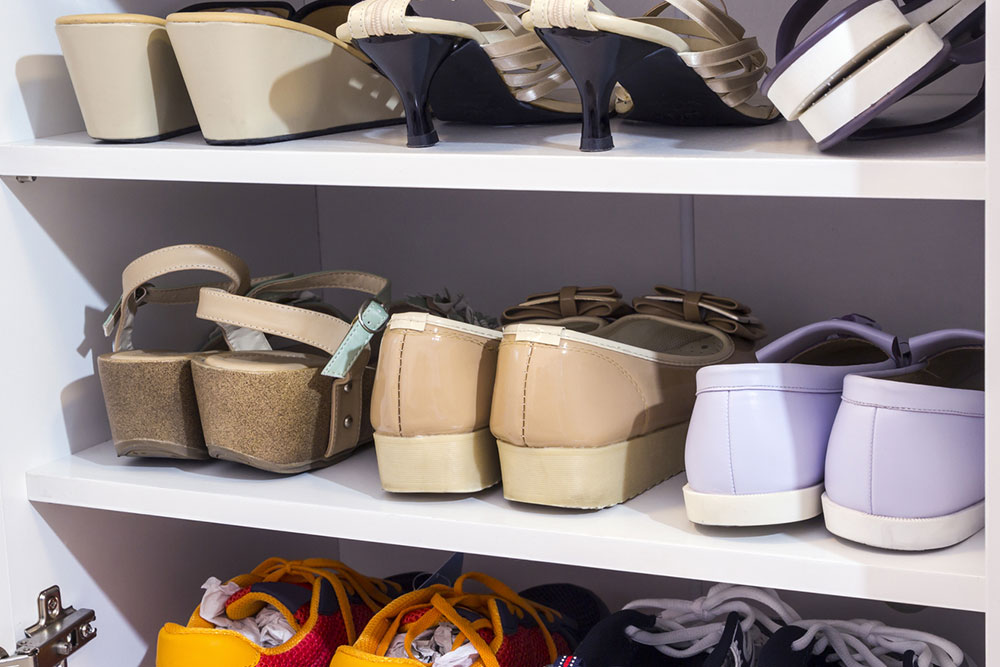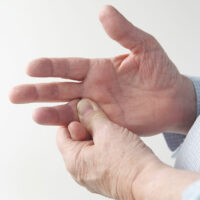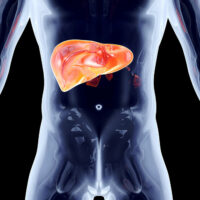5 mistakes to avoid when maintaining expensive shoes

Shoes are not only a fashion statement but can also be an investment if one purchases a limited edition pair from a luxury brand. Whether it’s a pair of trendy heels, luxury sneakers, or fine leather boots, expensive shoes generally require extra care and attention to maintain longevity and quality. This is because even the most expensive shoes are susceptible to damage if improperly handled. Therefore, one should avoid making the following common mistakes.
Wearing shoes without cleaning regularly
Regular cleaning of costly shoes is crucial to maintain their quality and durability. Neglecting to clean shoes before and after wearing them can cause grime, dirt, and dust to accumulate, deteriorating the materials over time. It is especially important to take extra care when cleaning delicate materials such as leather, suede, or fabric. It is recommended to follow professional guidance or manufacturer recommendations when cleaning shoes made from these materials. Using the right cleaning products is essential to prevent stains and damage and to preserve the quality of the shoes.
Excessive brushing or using the wrong brush
Simply wiping down the shoes with a brush before and after wearing them can help preserve their quality in addition to the regular cleaning sessions. However, it is important to use the right brush that is compatible with the material of the shoes. For example, brushes meant for shoes with a lot of texture cannot be used for shoes made of softer materials, as they could cause scratches and wear off the material. Whether it’s a hard-bristle brush or a soft one, it is important to use it gently over the shoes as often as possible. Applying too much force and vigorous brushing will cause irreparable damage to costly shoes.
Putting the shoes in the washing machine
It is important to be careful when cleaning expensive shoes. While everyday shoes can be washed in a machine, luxury shoes should be cleaned by professionals. Shoes made of nylon, canvas, polyester, and cotton can be washed in a machine without damage. Sneakers and tennis shoes are usually made of these materials and can withstand machine washing. However, shoes made of suede, leather, vinyl, and rubber should never be washed in a machine.
Wearing the wrong shoes in different weather conditions
It can be tempting to wear expensive shoes on every occasion that one finds, but it’s important to consider the weather and environment before heading out. For instance, wearing high-end leather boots to a party during a humid or rainy day can cause damage. It is important to avoid wearing delicate shoes in rough terrains, snow, and rain in order to prevent water damage, salt stains, or scuffing.
Not using shoe trees
To maintain the original structure and shape of expensive footwear, it is crucial to use shoe trees. This is especially important when storing leather and suede shoes. Placing shoe trees inside these shoes prevents them from wrinkling and creasing. Therefore, if one has shoes made of such materials in the collection, it is important to invest in good quality shoe trees. Make sure they are cedar-based or made with moisture- and odor-absorbing materials.





